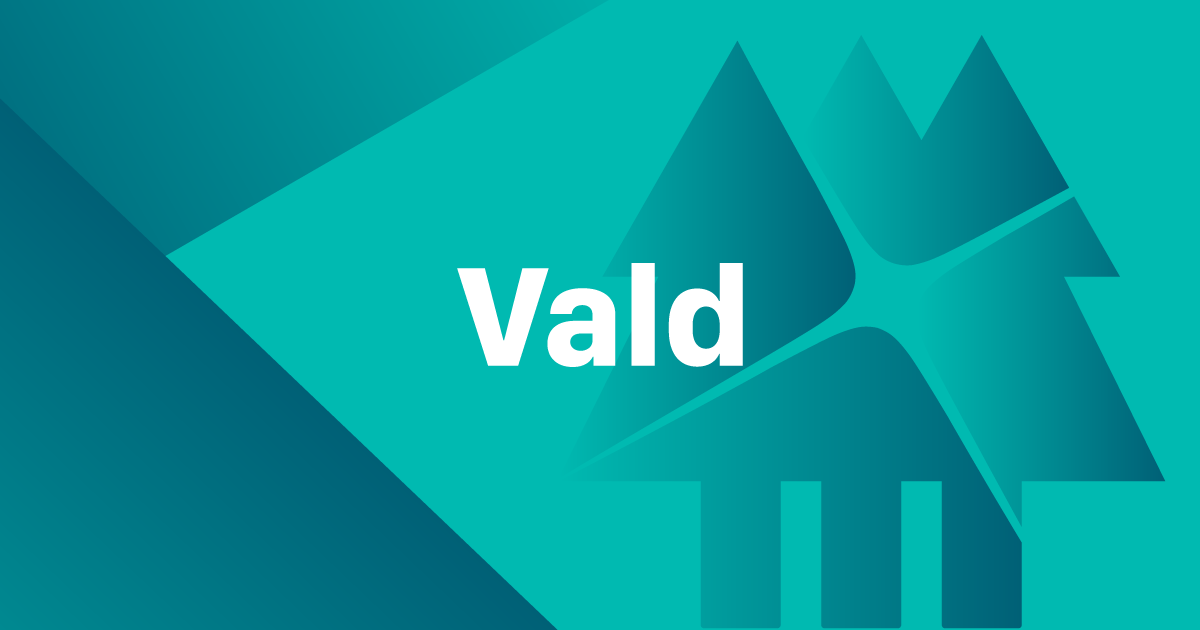Binary Large Objects ( Blobs ) can be useful when the data doesn't fit into a standard Cassandra data type. Some examples of common Blob usage are for images or large files. Be careful of the size of your blobs, though: it's best to break them up so that each blob cell is 1 MB or less.
Contributor(s): Olivier Michallat, Tomasz Lelek - derived from here
Objectives
- Demonstrate how to write and read these blob data type columns in a Java application
Project Layout
- App.java - The main application file
How this Sample Works
By default, the Java DataStax Driver maps blob types to java.nio.ByteBuffer. The ByteBuffer API is a bit tricky to use at times, so we will show common pitfalls as well. We strongly recommend that you read the java.nio.Buffer and ByteBuffer API docs and become familiar with the capacity, limit, and position properties. This tutorial is also useful.
Setup and Running
Prerequisites
- JDK 14
- A Cassandra cluster is running and accessible through the contacts points and data center identified in application.conf
Running
Building
At the project root level
mvn clean package
This builds the JAR file located at target/storing-and-retrieving-blobs-1.0.jar
Run the program
java -jar target/storing-and-retrieving-blobs-1.0.jar
This will produce output similar to the following:
Writing retrieved buffer to /var/folders/v5/f93lqcsx2fj4__41f7l5w5j80000gn/T/blob6758286736353817789.png


